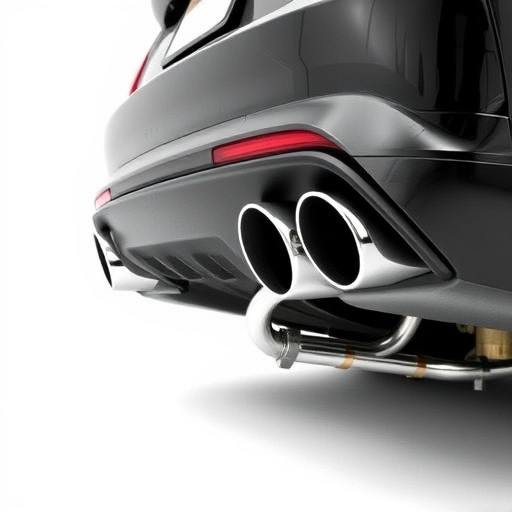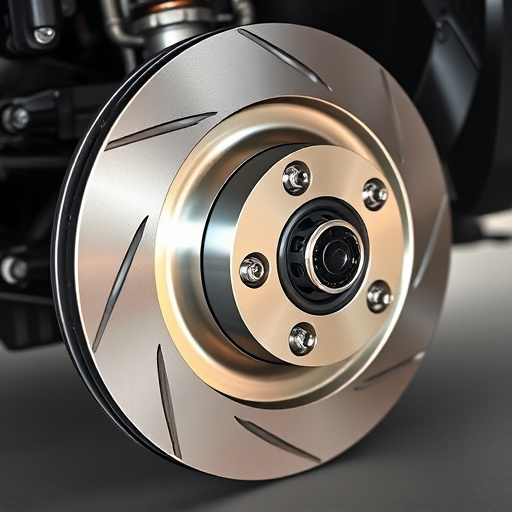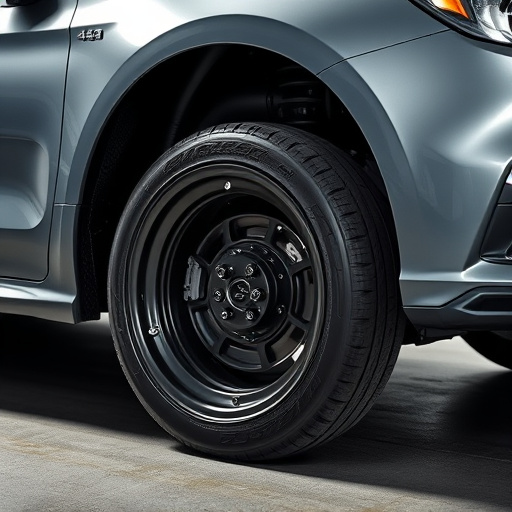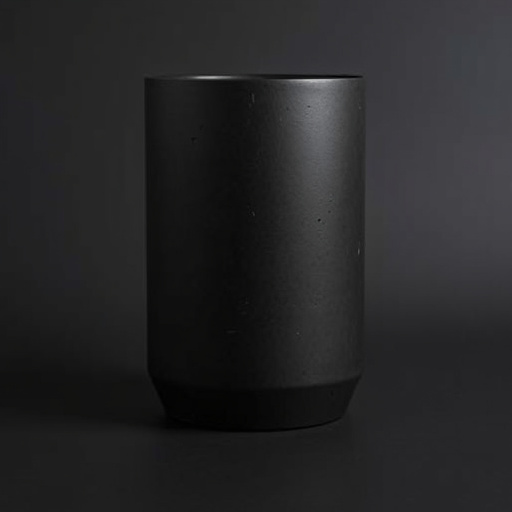The automotive industry is embracing eco-friendliness, driving advancements in materials science, especially in automotive window tinting. Ceramic window tinting outperforms conventional coatings in heat rejection, keeping vehicles cooler and reducing AC use. This technology caters to environmentally conscious consumers seeking style, sustainability, and comfort. The shift towards sustainability includes a growing demand for window tinting technologies offering enhanced privacy and UV protection. While traditional methods pose environmental risks with harmful chemicals, eco-friendly alternatives using plant-based dyes and recycled content are gaining popularity among car owners committed to sustainability.
The automotive industry is experiencing a green revolution, and at the forefront of this shift is the rising demand for eco-friendly automotive window tint. As consumers become increasingly conscious of their environmental impact, the market is witnessing a surge in the adoption of sustainable solutions. Traditional window tinting materials, often toxic and non-biodegradable, are being replaced by innovative, green alternatives. This article explores the benefits and advancements in eco-conscious automotive window tinting, delving into its materials, installation, and the positive impact on both drivers and the planet.
- The Rise of Eco-Friendly Automotive Window Tint
- – Market demand for sustainable solutions in automotive industry
- – Traditional window tinting materials and their environmental impact
The Rise of Eco-Friendly Automotive Window Tint

In recent years, the automotive industry has witnessed a significant shift towards eco-friendly solutions, and automotive window tint is no exception. Consumers are becoming increasingly conscious of their environmental impact, driving innovation in materials science to create products that meet both aesthetic and sustainability goals. The rise of eco-friendly automotive window tint reflects this growing awareness, offering an alternative to traditional tints that not only reduces a vehicle’s environmental footprint but also enhances its performance.
Ceramic window tinting, for instance, has emerged as a popular choice due to its superior heat rejection properties compared to conventional protective coatings. This advanced technology uses microscopic ceramic particles embedded in the tint film, allowing it to reflect and absorb heat more efficiently. As a result, vehicles equipped with ceramic window tinting remain cooler inside, reducing the need for excessive air conditioning, which can lower fuel efficiency. By embracing these innovative solutions, automotive enthusiasts can now enjoy both style and sustainability without compromising on performance or comfort.
– Market demand for sustainable solutions in automotive industry

The automotive industry is undergoing a significant shift towards sustainability as consumers demand eco-friendly solutions for their vehicles. This trend is particularly evident in the growing interest and adoption of automotive window tinting technologies that not only enhance privacy but also offer superior UV protection. The market is responding with innovative products made from sustainable materials, catering to environmentally conscious buyers.
Automotive window tint has evolved beyond its traditional role as a luxury accessory. Today, consumers are actively seeking ways to reduce their environmental impact, and vehicle wraps with eco-friendly tinting films are gaining traction. These advanced window tinting solutions not only protect against harmful UV rays but also contribute to energy efficiency by reducing the interior heat buildup of vehicles, thereby lowering the reliance on air conditioning systems. This shift towards sustainability in the automotive sector is a testament to the market’s demand for green alternatives and the industry’s response to meet these demands.
– Traditional window tinting materials and their environmental impact

Traditional window tinting materials often rely on harmful chemicals and non-sustainable resources, leading to significant environmental impact. The manufacturing process for conventional automotive window tint involves toxic substances like heavy metals and synthetic dyes, which can contaminate water sources and contribute to air pollution if not properly disposed of. Moreover, these films often use petroleum-based products, exacerbating the global reliance on finite fossil fuels. While traditional window tinting offers privacy and sun protection, it comes at a cost to the planet’s health.
In response to these concerns, eco-friendly automotive window tint materials are gaining popularity. These alternatives prioritize vehicle protection while minimizing environmental harm. By using plant-based dyes, recycled content, and safer adhesives, custom vehicle wraps and graphics can now be produced with reduced ecological footprints. This shift not only benefits the planet but also allows for greater customization, as car owners can choose designs that reflect their personal style without compromising their commitment to sustainability.
As the automotive industry shifts towards sustainability, eco-friendly automotive window tint emerges as a game-changer. By utilizing innovative materials that reduce environmental impact, this technology not only meets the growing market demand for green solutions but also offers improved performance and enhanced aesthetic appeal. With these advanced window tinting options, drivers can now enjoy better energy efficiency, reduced UV exposure, and a more harmonious relationship with the planet, all without compromising style.














